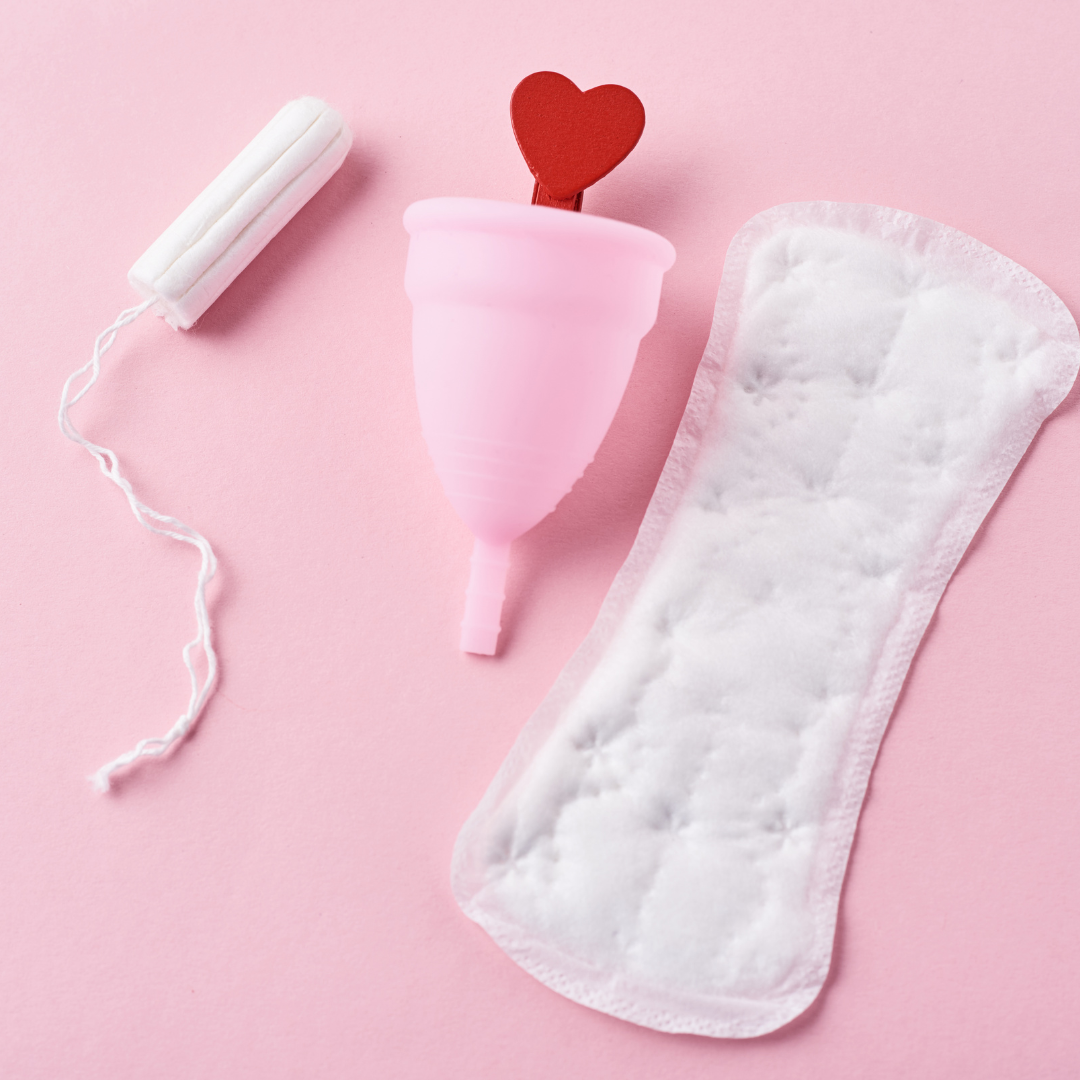
Period advocacy? Yes, it exists, and yes, it’s important!
Shelby KretzShare
by Gabby Cushman
How to break down the topics of period poverty and stigma for your little ones
Picture this. A group of high school students is talking in the hallway after school, waiting for their rides to pick them up. They’re joking around, complaining about homework, and making weekend plans. At one point, a student turns to their friend and says, “Hey, do you have a tampon I could use?”
Record scratch.
A chorus of “ew”s and “gross”s echo from the rest of the group, mainly from the students who don’t experience menstruation. They shield their eyes from the taboo tampon exchange as if seeing the packaged product will ruin the rest of their day. The student who dared to make the request is harassed the rest of the way to the bathroom.
This may seem like a dramatic reenactment, but this is genuinely an occurrence that would happen in my high school friend group frequently. And I’m sure our circle wasn’t the only group that experienced this. The stigma around periods and people that menstruate is ever prevalent in teen and adult spaces. The results of this stigma may only seem to be teasing or harassment at first glance, but it has rippling effects on the treatment of people who menstruate and the access those individuals have to period products. Menstrual (or period) advocacy seeks to fight this stigma by creating safe spaces to speak about menstruation, getting period products to people who need them, and providing medically accurate sexual education in schools.
Period stigma and advocacy happen most often in the places our children frequent- mainly, school. Teaching our little ones about menstrual advocacy helps them feel more comfortable with the topic and gives them the knowledge to fight the stigma around periods when they see it. However, it’s easy to feel stumped on what your conversation should focus on, especially if you’re unaware of what period advocacy really involves. So, we’re going to break down two of the most significant issues fueling the menstrual advocacy movement: period poverty and the stigma surrounding menstruation.
Period poverty: the “hidden” public health crisis
Period poverty is a lack of access to period products, education, hygiene facilities, waste management, or a combination of these issues. According to a study published by BMC Women’s Health in 2021, about 500 million people worldwide experience period poverty. Those without access to the menstruation products they need will: often miss school or work due to shame and discomfort; use alternative products or use products longer than intended, which can cause health issues; and potentially experience negative effects on their mental health. The people who most often experience period poverty are low-income communities and students.
Although period poverty is a very real public health crisis, the stigma surrounding menstruation causes this issue to go unaddressed. Because periods are seen as dirty and something to be kept secret, menstruators don’t often have comfortable spaces to discuss the barriers they’re facing to menstrual well-being. Period advocacy aims to combat period poverty in multiple ways:
- Providing comprehensive menstruation education without stigma within communities and schools.
- Establishing programs that provide period products to those who need them.
- Fighting for legislation that 1.) ensures access to hygiene facilities and menstrual hygiene products and 2.) reduces taxes on period products.
- Encouraging further research on period poverty since our current research is lacking due to stigma.
So stigma seems to be the underlying issue. What can we do to fight it?
Combating stigma is a crucial pillar of period advocacy. When we see periods as a normal and healthy bodily function, we open the door to having more transparent discussions about menstrual well-being. This taboo around periods is fueled by sexism and gender stereotypes, as menstruation is often mistakenly considered something only cisgender women and girls experience. So, breaking down period stigma usually involves breaking down sexist issues as well.
Regardless of gender, we must educate our little ones on the menstrual cycle and be transparent about the process. You’ll know best when this conversation will be appropriate for your kids, but the sooner periods are normalized for them, the easier they will recognize stigma as they grow up. It’s also vital for parents and teachers to communicate what their students’ sexual education program looks like concerning the menstrual cycle, as schools often have restrictions on what can be discussed in these programs, meaning some conversations may need to happen at home.
Intersectionality is a massive factor in fighting period stigma. Trans and nonbinary people who menstruate are often left out of the conversation of period advocacy, despite these individuals dealing with stigma on top of dysphoria and transphobia. Many period equity movements still center cisgender women in their language or redefine menstruation as “female empowerment.” Instead, we want to use gender-inclusive language and descriptions of periods. You may have noticed I’ve been using the term “people who menstruate” throughout this blog as a way to represent all genders that experience periods. Make sure you’re making your period education gender-inclusive, so your little ones don’t associate menstruating as a “female-only” process.
This is just a starting point for learning about period advocacy, period poverty, and the stigma surrounding it. Menstruation is a human rights issue, even though it’s often not seen as one. We all should work to learn more about this issue, destigmatize our own thoughts and environments, and educate our little ones to approach the topic judgment-free. The more that people talk about menstrual advocacy, the more we erase the stigma and open doors to solutions.
To join our community of changemakers bringing social justice education to kids everywhere, sign up for the LJL newsletter here.
